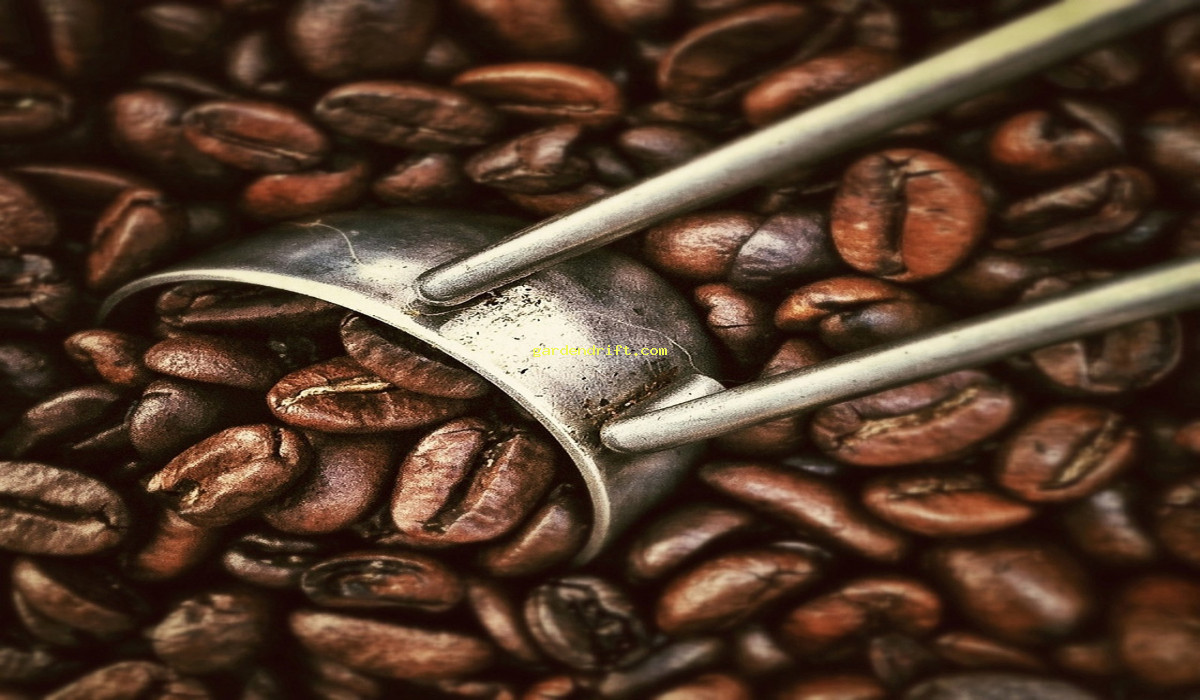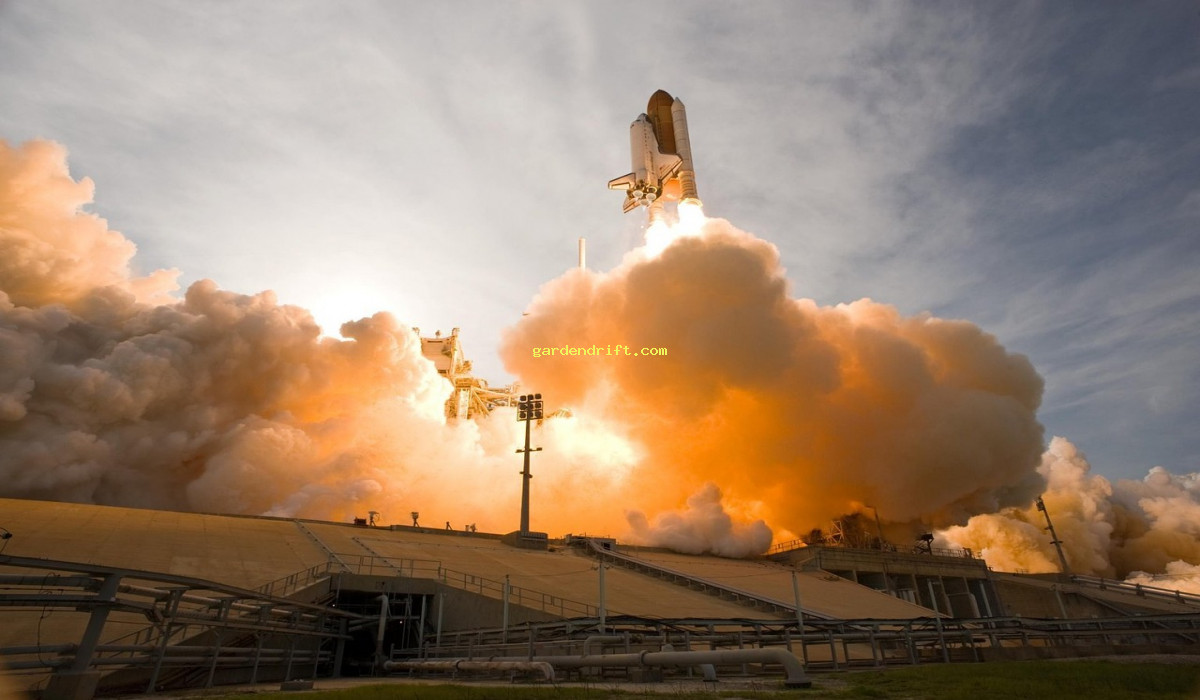5 Simple Steps to Start Your Own Vegetable Garden Today. Discover the secrets to starting an easy vegetable garden in your own backyard.
5 Simple Steps to Start Your Own Vegetable Garden Today
From choosing the right location to essential tools and tips, this beginner’s guide has everything you need to grow delicious and healthy veggies. Get started now and enjoy the satisfaction of growing your own food!

5 Simple Steps to Start Your Own Vegetable Garden Today. tips this beginner’s 5 Simple Steps to Start Your Own Vegetable Garden Today
How to Start an Easy Vegetable Garden: A Beginner’s Guide
Starting a vegetable garden may seem daunting at first, but with the right knowledge and resources, it can actually be quite simple. Whether you’re looking to grow your own produce for health reasons, to save money, or just to have a fun hobby, starting an easy vegetable garden is a great way to get started. Here are some steps to guide you through the process.
What is a Vegetable Garden?
Before we dive into the steps, let’s first clarify what a vegetable garden is. Simply put, a vegetable garden is an area in your yard or a container used specifically for growing vegetables. It can be as big or as small as you’d like, depending on your available space and level of commitment.
Step 1: Choose a Spot for Your Garden
The first step in starting a vegetable garden is to figure out where you want to put it. A successful vegetable garden needs a minimum of six hours of sunlight per day, preferably in the morning. Take a walk around your yard and observe which areas receive the most sunlight. It’s also important to choose a spot that has good drainage and is easily accessible for watering and tending to your plants.
Step 2: Decide on a Garden Design
Once you have chosen a spot for your garden, it’s time to decide on a design. This will depend on the size and shape of your garden, as well as your own personal preferences. Some popular garden designs include traditional row gardens, square foot gardens, and raised bed gardens.
Step 3: Gather Essential Tools and Materials
Before you start planting, make sure you have all the necessary tools and materials. These may include a shovel, a hoe, a rake, gardening gloves, stakes, string, compost, and soil.

You can also consider investing in some garden-specific tools such as a hand fork, a wheelbarrow, and a watering can to make your gardening experience easier.
Step 4: Prepare the Soil
The success of your vegetable garden largely depends on the quality of your soil. You want to create a nutrient-rich environment for your plants to thrive in. Begin by removing any grass, weeds, or rocks from your chosen garden spot. Then, use a shovel or a tiller to loosen the soil and add compost to improve its texture and fertility.
Step 5: Choose Your Vegetable Plants
Now it’s the fun part – choosing which vegetables to grow in your garden! It’s important to consider the climate and growing conditions in your area when selecting plants. Some popular and easy-to-grow vegetables for beginners include tomatoes, peppers, lettuce, spinach, carrots, and green beans. You can also consider starting with herbs such as basil, thyme, and parsley.
Step 6: Start Planting
When it comes to actually planting your vegetables, be sure to follow the instructions on the seed packets. They will provide information on how deep to plant the seeds, how far apart to space them, and how much water and sunlight they require. You can also consider growing young plants instead of seeds, as they may be easier for beginners to handle.
Step 7: Provide Adequate Care
Congratulations, you now have a vegetable garden! But the work doesn’t stop there. To ensure your plants grow and produce healthy vegetables, they will require regular care. This includes watering, weeding, pest control, and fertilizing as needed. It’s also important to monitor your plants and adjust care as necessary.
Step 8: Harvest and Enjoy Your Vegetables
The final step in starting an easy vegetable garden is the most rewarding – harvesting your own fresh produce! You’ll know when it’s time to pick your vegetables by observing their size, color, and ripeness. Remember to harvest regularly to encourage continuous production and enjoy the fruits (and vegetables) of your labor.
5 Simple Steps to Start Your Own Vegetable Garden Today
How do I know when to water my vegetable plants?
A good guideline is to water your plants when the top inch of soil is dry. However, different plants may have different watering needs, so be sure to read the instructions on the seed packets or do some research for each plant in your garden.
How often should I fertilize my vegetable garden?
It’s best to fertilize your garden at the beginning of the growing season and then every 4-6 weeks throughout the season. Be sure to follow the instructions on the fertilizer product and avoid over-fertilization, as it can harm your plants.
Can I start a vegetable garden if I don’t have a yard?
Yes! You can still enjoy the benefits of gardening by starting a container garden on a patio, balcony, or even a windowsill. Just make sure your containers are the appropriate size for the plants you want to grow and have good drainage.
Conclusion
Starting an easy vegetable garden may require some initial effort and attention, but the rewards are well worth it. Not only will you have the satisfaction of growing your own food, but you’ll also be able to enjoy fresh and nutritious produce right from your backyard. With these steps, you’ll be on your way to becoming a successful vegetable gardener in no time!

Discover the secrets to starting an easy vegetable garden in your own backyard. From choosing the right location to essential tools and tips, this beginner’s guide has everything you need to grow delicious and healthy veggies. Get started now and enjoy the satisfaction of growing your own food!. start 5 Simple Steps to Start Your Own Vegetable Garden Today
How do I choose the best location for an easy vegetable garden?
When choosing a location for an easy vegetable garden, it is important to consider the amount of sunlight, soil quality, and water accessibility. Vegetables typically require 6-8 hours of sunlight per day, so make sure your garden spot gets enough sunlight. Also, check the soil quality by doing a simple soil test or adding organic matter. Lastly, make sure the garden is easily accessible to a water source for irrigation.
What are the most beginner-friendly vegetables to grow in a vegetable garden?
Some of the most beginner-friendly vegetables to grow in a vegetable garden include tomatoes, cucumbers, zucchini, lettuce, and green beans. These vegetables are relatively easy to grow and do not require a lot of maintenance. They also produce a lot of harvest, making it a great choice for beginners to boost their confidence in gardening.
How can I ensure a successful harvest in my vegetable garden?
To ensure a successful harvest in your vegetable garden, it is important to plan ahead and properly maintain your garden. Make sure to understand the proper planting and harvesting times for each vegetable, space them accordingly, and regularly water and fertilize them. Keep an eye out for pests and diseases, and address them promptly. Also, don’t forget to mulch and weed regularly to keep your plants healthy.
What are some easy ways to layout and organize a vegetable garden?
One easy way to layout and organize a vegetable garden is through the use of raised garden beds. These beds not only provide good drainage and soil quality, but also make it easy to section off different vegetables so they don’t compete for nutrients. Another way is to incorporate vertical gardening, which saves space and allows for more plants to be grown. Lastly, using planters and containers also provide versatility in layout and organization.
What are some low-maintenance tips for an easy vegetable garden?
To make gardening even easier, consider using mulch to smother weeds and retain soil moisture. You can also use drip irrigation to save time and water. Planting in biodegradable pots or seed trays can also save you time and effort in transplanting. Additionally, choose disease and pest-resistant varieties and rotate your crops each year to avoid any buildup of pests and diseases.
